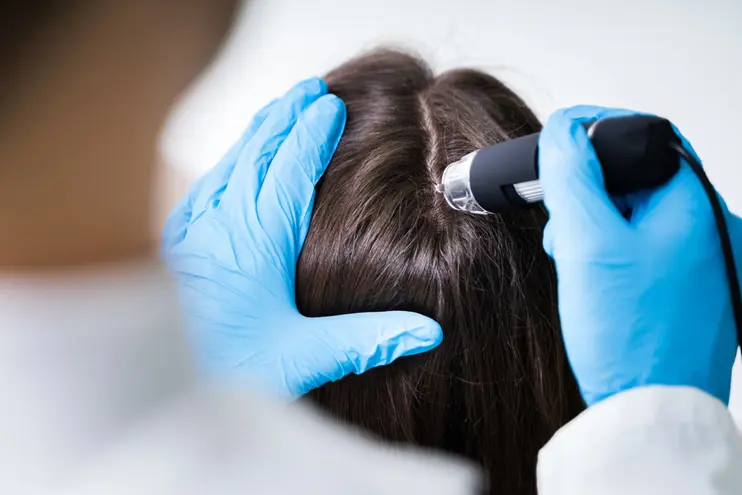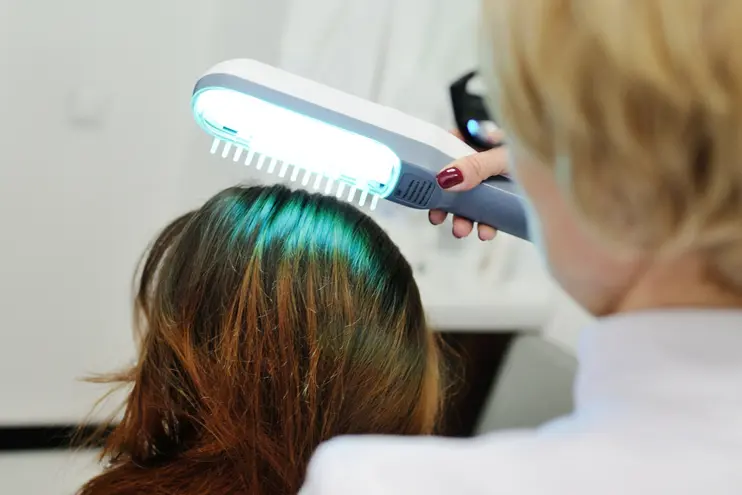PRP Hair Loss Treatment
Hair transplantation Bio FUE PRP PRP Hair Loss Treatment Growth Factor Concentrate Therapy
Introduction
Hair loss is a common concern that affects millions of people worldwide, regardless of age or gender. Whether it's due to genetics, hormonal imbalances, or other factors, losing hair can be a distressing experience. However, there is hope on the horizon in the form of PRP (Platelet-Rich Plasma) hair loss treatment. In this article, we will explore the ins and outs of PRP therapy, how it works, its benefits, and what you can expect from the treatment.
What is PRP Hair Loss Treatment?
PRP hair loss treatment is a non-surgical, innovative solution for individuals experiencing hair thinning or hair loss. It leverages the regenerative power of platelets found in your blood to stimulate hair follicles, encouraging natural hair growth. PRP therapy has gained popularity in recent years due to its effectiveness and minimal side effects.
How Does PRP Treatment Work?

The PRP hair loss treatment process involves several key steps:
-
Blood Collection: The procedure begins with the collection of a small amount of your blood, typically from your arm. This blood is then processed in a centrifuge machine to separate the platelet-rich plasma from the other blood components.
-
Plasma Activation: Once separated, the platelet-rich plasma is activated. This activation process releases growth factors, which are essential for tissue repair and regeneration.
-
Microinjection: The activated PRP is then carefully injected into the targeted areas of your scalp, focusing on the areas with thinning hair or hair loss. These injections stimulate dormant hair follicles and promote the growth of new, healthier hair.
-
Post-Treatment Care: After the procedure, there may be some mild discomfort or redness in the treated area. However, most people can resume their normal activities immediately after PRP therapy.
Benefits of PRP Hair Loss Treatment
-
Natural Hair Growth: PRP treatment harnesses your body's natural healing abilities, promoting the growth of your own hair without relying on synthetic or foreign substances.
-
Minimal Side Effects: PRP therapy is minimally invasive and generally safe, with minimal risks of allergic reactions or infection since the treatment uses your blood.
-
No Downtime: Unlike surgical hair restoration procedures, PRP therapy requires no downtime. You can return to your daily routine immediately after treatment.
-
Improved Hair Texture and Thickness: Patients often report not only increased hair growth but also improved hair texture and thickness, resulting in a fuller, healthier appearance.
-
Customizable: PRP treatments can be tailored to your specific needs and concerns, making it a versatile option for various hair loss conditions.
-
Long-Lasting Results: While individual results may vary, many patients experience long-lasting results from PRP therapy. Periodic maintenance sessions can help sustain these benefits over time.
Who is a Suitable Candidate for PRP Hair Loss Treatment?
PRP hair loss treatment is suitable for a wide range of individuals, including:
- Those experiencing early-stage hair thinning.
- Individuals with androgenetic alopecia (pattern baldness).
- Individuals seeking a non-surgical hair restoration option.
- People looking for a natural, minimally invasive treatment.
- Those who have not responded well to other hair loss treatments.
It is essential to consult with a qualified healthcare professional or dermatologist to determine if PRP therapy is the right choice for your specific hair loss condition.
What to Expect During PRP Hair Loss Treatment?

Before undergoing PRP hair loss treatment, it's crucial to understand what to expect:
-
Consultation: Your journey begins with an initial consultation with a healthcare professional. During this consultation, your medical history and hair loss pattern will be assessed, and the treatment plan will be discussed.
-
Treatment Session: PRP treatment sessions typically take about 30 to 60 minutes. You may receive multiple injections during a single session, depending on your specific needs.
-
Results: While individual results vary, it may take several weeks to notice improvements in hair growth and texture. Multiple sessions may be required to achieve optimal results.
-
Maintenance: To maintain and enhance results, periodic maintenance sessions are recommended. Your healthcare provider will advise you on the appropriate schedule.
Is PRP Hair Loss Treatment Safe?

PRP therapy for hair loss is generally considered safe with minimal risks. Since the treatment uses your blood, the risk of allergic reactions or infection is significantly reduced. However, like any medical procedure, there can be minor side effects such as redness, swelling, or bruising at the injection site. These side effects are typically temporary and resolve on their own.
Conclusion
PRP hair loss treatment is a groundbreaking solution for those looking to restore their hair's thickness and vitality without resorting to invasive surgeries or artificial substances. With its natural approach, minimal side effects, and long-lasting results, PRP therapy offers hope to individuals struggling with hair loss.
If you're considering PRP hair loss treatment, consult with a qualified healthcare professional or dermatologist to determine if it's the right choice for you. With the potential for improved hair texture, thickness, and increased hair growth, PRP therapy is paving the way for a brighter, more confident future for individuals facing the challenges of hair loss. Don't let hair loss hold you back – explore the possibilities of PRP treatment and regain your confidence and youthful appearance.